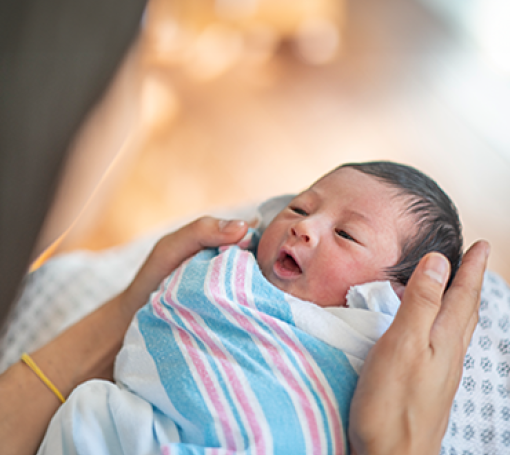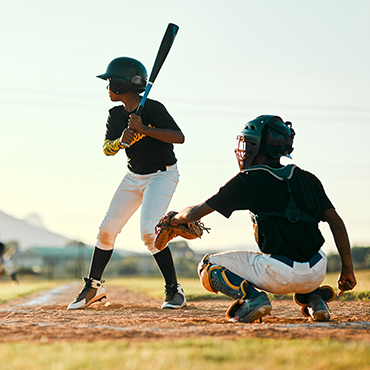Exercise—moving our bodies—is important for both physical and mental well-being! One of the most effective ways you can support your child is to lead by example and help them incorporate activity into everyday routines. Talk about why it is healthy to walk the dog as a family. On a nice day, ride bikes to school.
Recommended Guidelines for Children and Teens
The Physical Activity Guidelines for Americans were recently updated with new recommendations for children and teens.
Young children, ages 3 to 5, should be engaged in active play for at least 3 hours throughout the day to encourage growth and development. Adults caring for preschool-aged children should encourage light, moderate, or vigorous activity throughout the day.
Children and teens, ages 6 to 17, should be engaged in moderate-to-vigorous activity for at least 60 minutes per day. This amount of activity is needed to achieve the most health benefits from physical activity. A combination of aerobic exercises that increase heart rate, such as walking or running, and strengthening exercises that keep muscles and bones strong, such as climbing playground equipment or jumping rope, is recommended. Remember that the 60-minute goal does not have to be achieved in a single session – smaller bouts of physical activity count towards the daily total.

Fitting in Fitness
As a parent, it may feel overwhelming to hear that preschoolers need to be physically active for 3 hours a day and children and teens need at least 60 minutes of physical activity every day. Keep in mind that there are many ways to stay active and include physical activity in your family’s life. Exercise does not have to be an organized sport or running for 30 minutes. Exercise can be whatever kind of movement your child gravitates towards, such as dancing, jumping rope, skateboarding, kicking a ball in the backyard, or walking. Whatever your child chooses to do, try to encourage a healthy habit of it. We all know habits are hard to break, so starting a good habit means the routine can become automatic.
The US Department of Health and Human Services launched a “Move Your Way” campaign to help people live healthier lives through increased physical activity. Take a look at their Fact Sheet for Kids and Fact Sheet for Parents for ideas on how to incorporate 60 minutes of physical activity into your day.
Benefits of Staying Physically Active
Research continually shows the benefits of exercise on our health. The positive effects of physical activity are both immediate and long-term.

Physical Activity and COVID-19
If your child, age 12+, has had COVID and is planning to return to intense physical activity or sports, it’s important to understand how COVID may impact them. Please be aware of guidelines in place to help protect your child’s heart. Visit our blog on Returning to Play After COVID-19 for more information.
Dr. Gwen Edlund Seaver is a pediatrician at our Issaquah Highlands clinic.
Keep Reading
View All Posts
Helping Kids Breathe Easier
By checking asthma control at every well care visit, we can identify changes early and make sure each child has the support they need to breathe comfortably and stay active.

Protecting Your Newborn from Hepatitis B
Learn why the birth dose of the hepatitis B vaccine matters for every baby.

Choking Prevention and First Aid
Learn how to recognize choking risks, prevent accidents, and respond effectively with first aid to keep infants and children safe.

